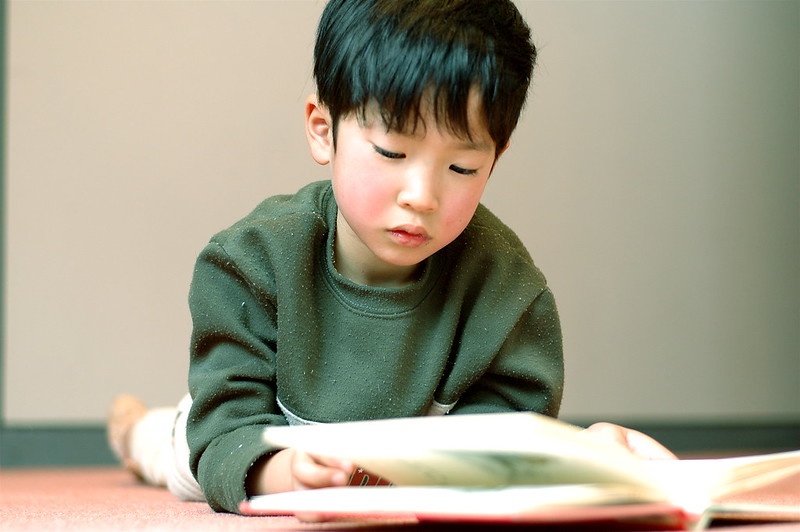4 Books on Poverty: The Power Of Words

Listed below are four fiction and non-fiction books on poverty. The novels not only share interesting stories and plots, but they also demonstrate the injustice of poverty and remind the readers of the importance of fighting back and helping people overcome these odds.
4 Books on Poverty
-
Katherine Boo’s Behind the Beautiful Forevers
Behind the Beautiful Forevers is a non-fiction novel by Katherine Boo — Pulitzer Prize winner and staff writer for The New Yorker. Her novel sheds light on families trying to better their lives in a makeshift settlement in Annawadi, while the rest of India begins to flourish. Boo spent three years in India personally gathering stories about the struggles these families faced. The novel begins by revealing the harsh truth of living in slum life; families make money by selling rich people’s garbage while facing adversity like wrongful imprisonment. Boo also shows how corruption in institutions like hospitals, charities and the education system threatens poor communities. Behind the Beautiful Forevers won the National Book award in 2012. The novel has been added to the common core and the teachings continue to be shared in high schools everywhere. -
NoViolet Bulawayo’s We Need New Names
We Need New Names is a fictional novel written by Zimbabwean author, NoViolet Bulawayo. Bulawayo’s novel is about a young girl’s journey out of Zimbabwe and into the United States. The book focuses on life in Zimbabwe in the early 2000s. At that time, the country was in a political upheaval; the young girl and her family were forced to move to a new village after their home was bulldozed by the government. The book tells of the obstacles of living in a poverty-stricken country, and the family’s need to get out and start a new life. -
Robert D. Kaplan’s Surrender or Starve: Travels in Ethiopia, Sudan, Somalia, and Eritrea
Kaplan’s Surrender or Starve: Travels in Ethiopia, Sudan, Somalia, and Eritrea is a non-fiction novel that explores the ethnic, religious and class conflicts of people in Sudan, Ethiopia, Somalia and Eritrea in the 1980s. Kaplan studies the reasons for famine in the region and offers both a forward and afterward, which explains how the region has developed since the famine in the 80s. -
Nicholas D. Kristof’s and Sheryl WuDunn’s Half the Sky: Turning Oppression Into Opportunity for Women Worldwide
Half the Sky is a non-fiction novel about the oppression of women and girls in the developing world. The novel introduces struggling women throughout Africa and Asia, some of which share their tragic experiences of being sold into sex slavery and suffering dangerous injuries during childbirth. The novel also gives hope to the audience by sharing how these women overcame the obstacles of living as a woman in poverty to lead fulfilled, successful lives.
Not only do these four books on poverty entertain their readers with interesting stories, but they also emphasize the importance of fighting back and helping to end poverty by sharing the harsh reality of living in a poverty-stricken community.
– Juliette Lopez
Photo: Flickr
